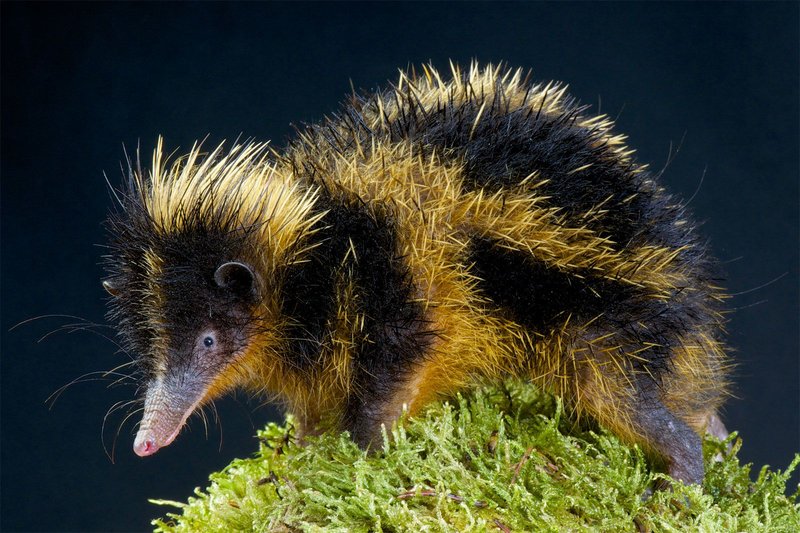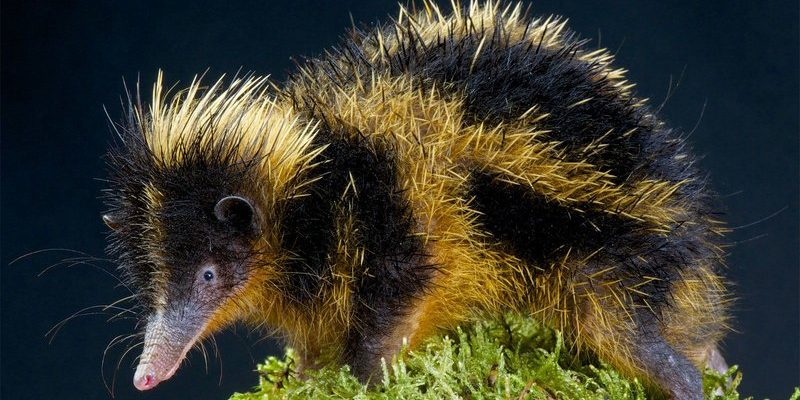
So, what makes tenrecs special? These little mammals are native to Madagascar and come in various species, each with unique traits. They manage to survive in a range of environments, showcasing their adaptability and cleverness. Just like how some people excel in certain subjects while struggling in others, tenrecs have their own set of skills that make them stand out in the animal kingdom. Let’s explore how smart tenrecs really are and what their behavior reveals about their cognitive abilities.
Understanding Tenrec Intelligence
When we talk about intelligence in animals, it’s not always about the ability to perform complex tasks. For tenrecs, intelligence is shown through their survival skills, social interactions, and environmental problem-solving. They are not just passive little creatures; they have active roles in their ecosystems.
Tenrecs possess various learning capabilities. They can adapt to changing environments by learning from their experiences. For instance, if they face a threat in their habitat, they’ll quickly adjust their behavior—like avoiding certain areas or changing their foraging patterns. This adaptability is a sign of their cognitive flexibility, which is an important aspect of their intelligence.
Additionally, some tenrec species exhibit social behavior. While they’re generally solitary, some can be found in small family groups. This social structure requires communication and cooperation, highlighting another layer of their smarts.
Problem-Solving Skills in Tenrecs
One of the most fascinating aspects of tenrec behavior is their problem-solving ability. They often face challenges like finding food, avoiding predators, or navigating their environment. Tenrecs are excellent foragers, using their keen sense of smell to detect insects, fruits, and other food sources.
For example, a tenrec might encounter a barrier while foraging. Instead of giving up, they’ll often try different strategies to overcome the obstacle. Some tenrecs will dig around or under the barrier, showcasing their creativity and persistence in problem-solving. This ability to think outside the box, even in the wild, demonstrates a level of intelligence that many might not expect from such small animals.
In controlled environments, like zoos, tenrecs can also be trained to perform tasks or navigate mazes to receive rewards. This shows that they aren’t just relying on instinct; they can learn through experience and apply that knowledge to new situations.
Cognitive Abilities of Different Tenrec Species
Tenrecs come in various species, each with unique cognitive abilities that reflect their lifestyles. The Common Tenrec, for instance, is known for its adaptability in urban environments. It learns to navigate human habitats and find food among human waste or gardens. This skill shows a level of intelligence that goes beyond mere survival.
On the other hand, species like the Madagascar Tenrec have different survival strategies. They rely heavily on their powerful sense of smell and hearing rather than sight—a skill that uniquely contributes to their ability to thrive in the dense forests of Madagascar. This difference in cognitive abilities demonstrates how closely intelligence is tied to the specific needs of their environments.
The cognitive skills of tenrecs also vary based on their habitat. For instance, those living in dens might develop better memory skills associated with navigating their underground homes.
Social Behaviors and Communication
Tenrecs may not be the most social animals, but their interactions are worth exploring. In some species, like the Lesser Hedgehog Tenrec, you can find them in small groups, particularly during breeding seasons. Their social behaviors indicate a level of intelligence that allows them to communicate and establish social bonds.
Communication among tenrecs often involves a range of vocalizations and body language. For example, they might make soft grunts or whistles to communicate with each other. This type of communication is crucial for maintaining social groups and avoiding conflicts.
Their social behavior also extends to parental care. Female tenrecs are known to nurse their young and teach them survival skills. This nurturing behavior further illustrates their intelligence, as they show the ability to care for and educate their offspring.
Tenrec Behavior in the Wild
When observing tenrecs in the wild, it’s fascinating to see how their behavior reflects their intelligence. Tenrecs are mostly nocturnal, which means they are active at night. This behavior helps them avoid predators and hunt for food in a safer environment.
Their foraging tactics are also impressive. Tenrecs can sift through leaf litter and dig into the soil, displaying their adaptability and resourcefulness. They have specialized teeth that allow them to consume a varied diet, which is essential for survival in different habitats.
You might also notice how tenrecs mark their territory with scent, showing an understanding of their environment. This territory marking is not just instinctual; it indicates spatial awareness and the ability to communicate with others about their living space.
Conservation and Human Interaction
As we delve into the intelligence of tenrecs, it’s essential to highlight their conservation status. Many species of tenrecs are under threat due to habitat destruction and climate change. This is concerning not only for the species but also for the ecosystems they inhabit.
Human interaction can also impact their behavior. When tenrecs come into contact with humans, either in urban areas or conservation settings, they often adapt surprisingly well. Learning to coexist with humans can showcase their intelligence and flexibility.
Conservation efforts are crucial in protecting these intelligent creatures. By understanding tenrecs better, we can advocate for the preservation of their habitats, ensuring they continue to thrive and share their unique cognitive abilities with the world.
Final Thoughts on Tenrec Intelligence
In conclusion, tenrecs might not be your everyday poster animals for intelligence, but they have a lot going on under those spiky exteriors! They demonstrate impressive problem-solving skills, adaptable behaviors, and social dynamics that reflect their cognitive abilities. Whether it’s foraging for food or communicating with one another, tenrecs show us that intelligence comes in many forms and sizes.
So next time you think about tenrecs, remember that these small creatures pack a punch when it comes to smarts. Their unique behaviors not only help them survive but also enrich the biodiversity of their habitats. Let’s continue to learn about and protect these remarkable animals, recognizing them for their intelligence and role in our world.

